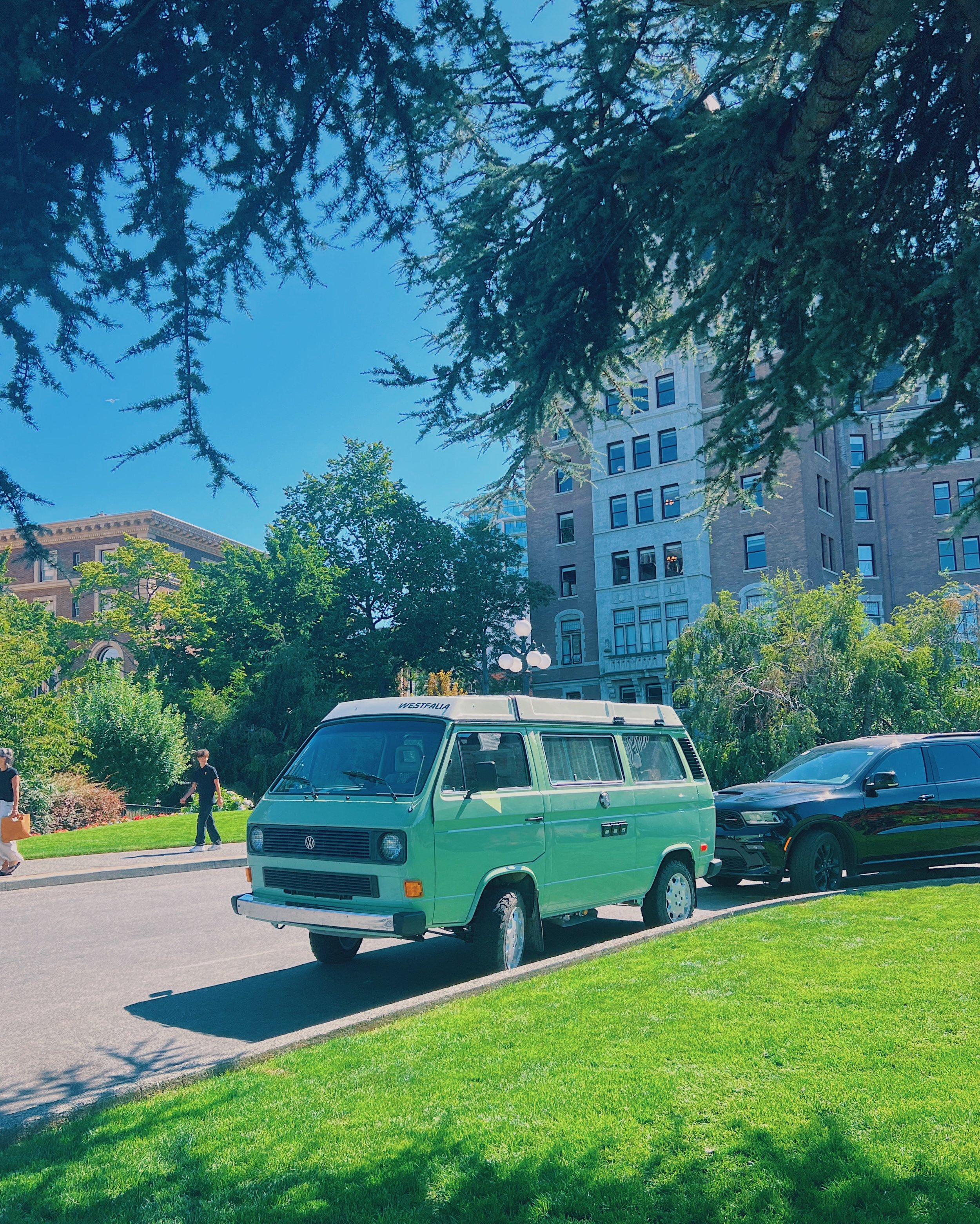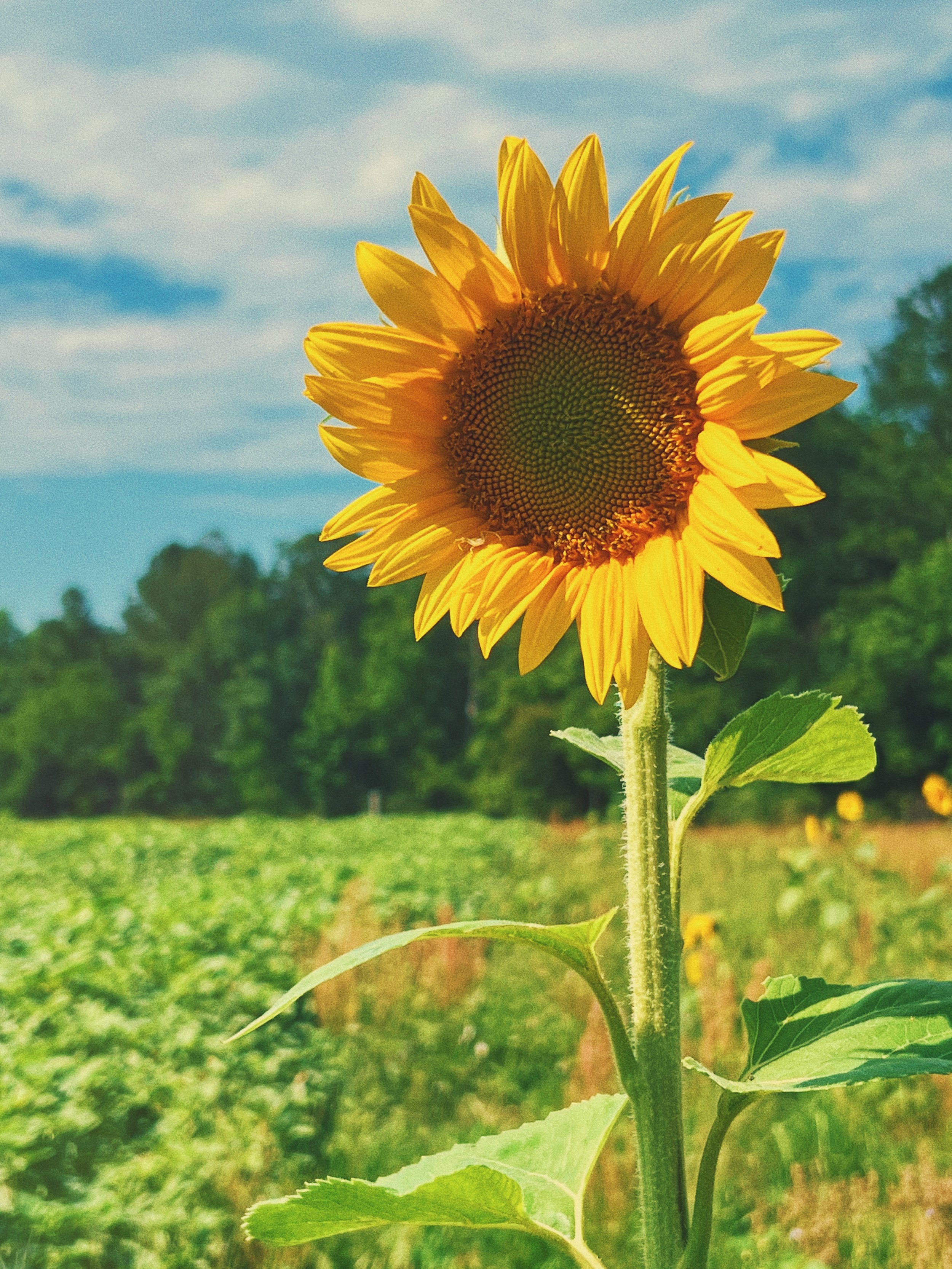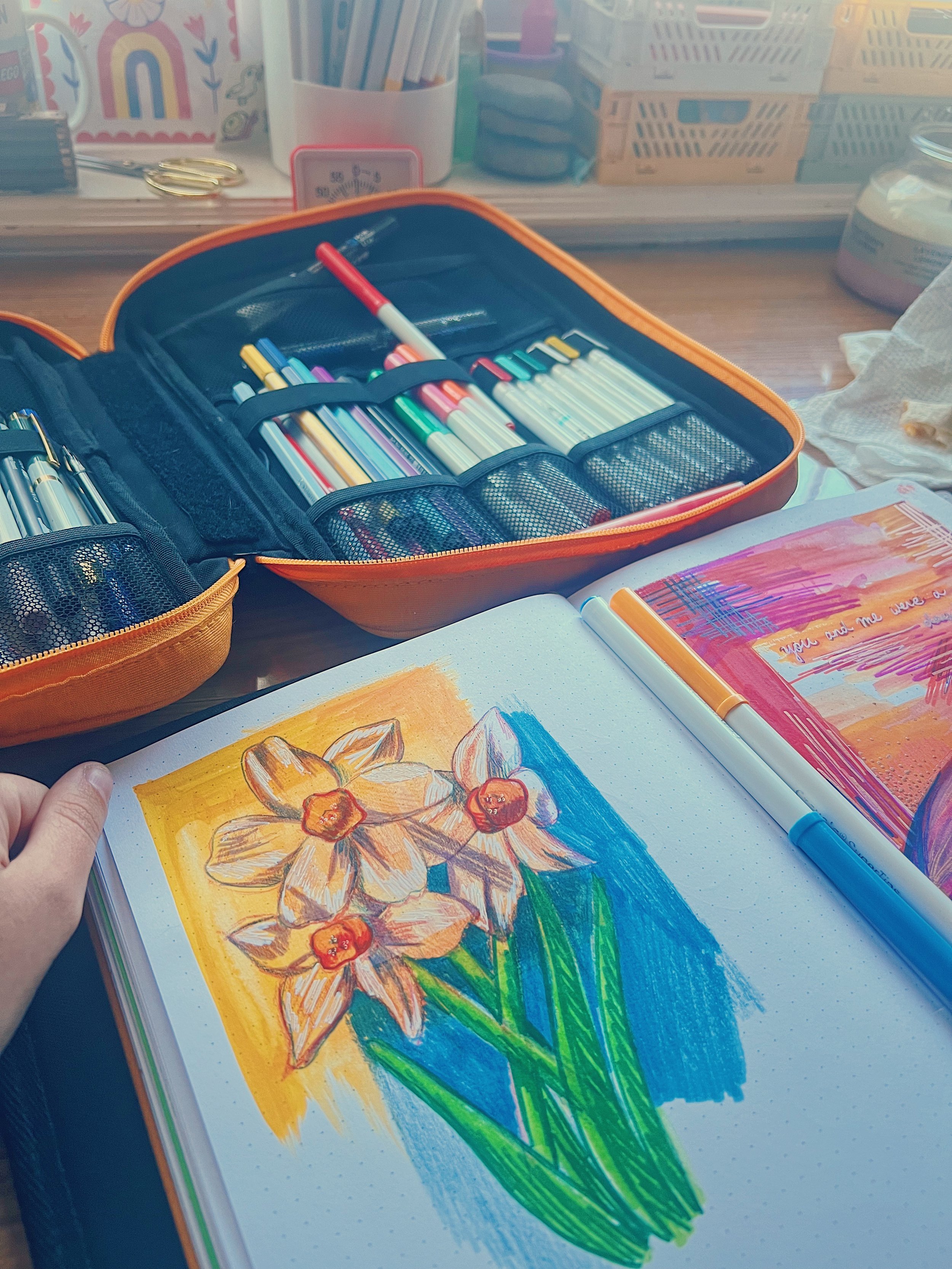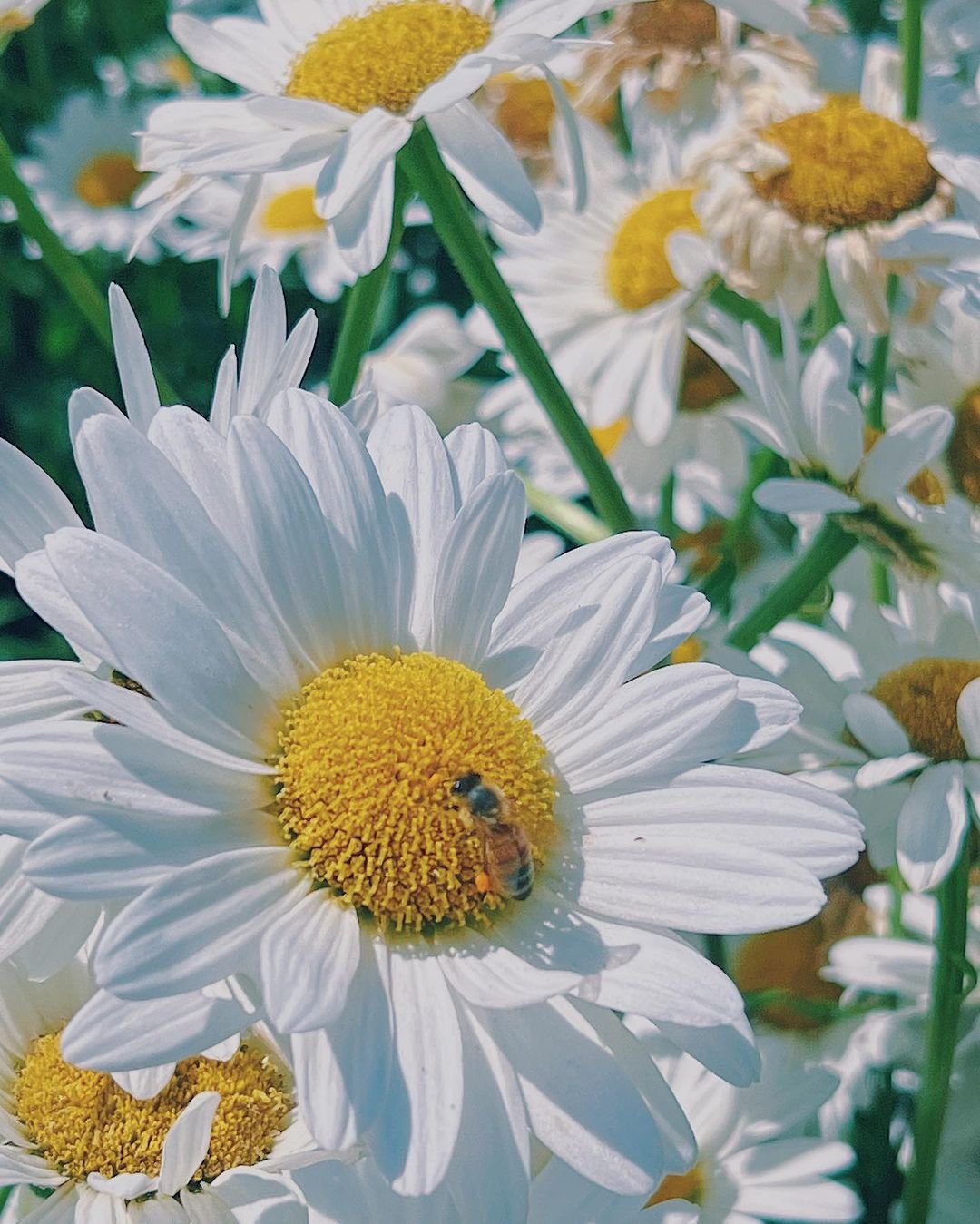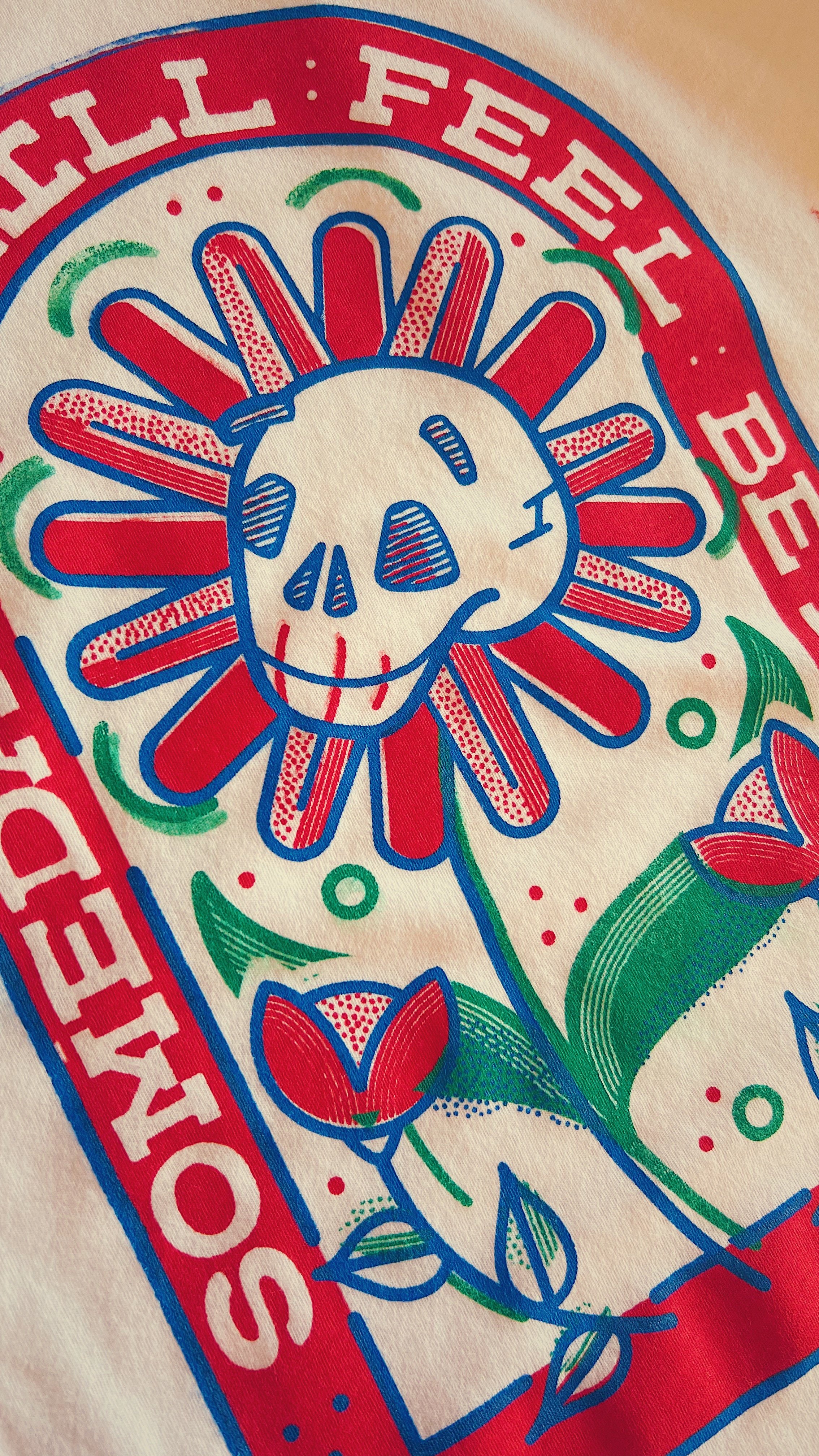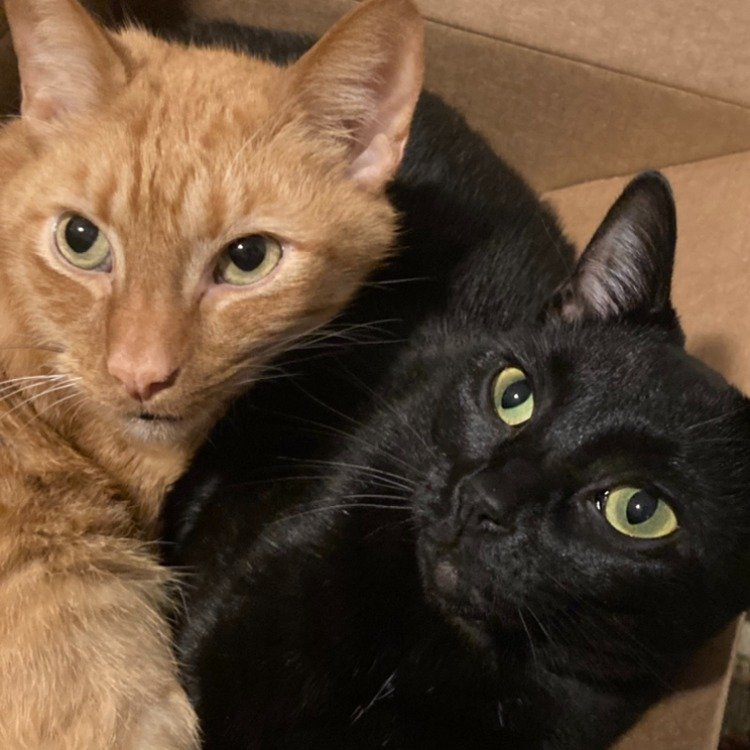Hey there, friends. It’s been a while since my last post! I’m honored and so grateful to share that the Kickstarter I discussed in that post was successful—and HOMEGROWN, the gallery show, is running full steam ahead!!!
I’ve been reviewing production timelines, the layout for the show, and otherwise planning things this week, and to me, at the core of it all is the consideration of and for my creative process. All artists have their own weird and wonderful ways of working, to be sure. However, peers have mentioned that my own system might be considered… unusually particular. Intense. Maybe even… *gasp* “rigid and uptight”?!
I’ve always laughed this off and attributed it to my background as a graphic designer in a client and revision-centric sphere. Little did I know there was another element at play entirely.
What is Aphantasia (and How Did I Find Out About It?)
A few months ago, I ran into this video on TikTok, which was the first time I had ever even heard the word “aphantasia.” It immediately shook me to my core. The video describes aphantasia as “a condition where you are mentally unable to visualize images.” I paused the video and thought, "Wait, no one can actually do that. They’re always speaking metaphorically… Right?”
I try to refrain from ever making assumptions based on one short clip on the internet, so I dove headfirst into visualization tests (like the VVIQ), read personal accounts of aphansastics, and started conversations with friends about if and how they somehow managed to “see” things in their minds.
This search reminded me of a childhood memory, long since forgotten, that I had never quite understood. When I was maybe six or seven, I “saw” something vivid in a dream (a cat and kitten in Uncle Sam hats, derivative, I know.) I tried so desperately to recall and draw the image upon waking! Little Morgan squeezed her eyes shut as tightly as she could, trying to “visualize” those patriotic pets, but to no avail. They weren’t there, and not only that. Nothing was at all.
All signs pointed towards a truth I never knew: most people’s brains act like desktop computers, complete with a visual monitor! Suddenly, I felt as though I’d been lugging along a typewriter all my life, not knowing that I was surrounded by people with retina-screened Macs for brains.
All that aside, I wondered, “how on EARTH does my life revolve around making pictures when I have *literally* no visual imagination?” Lucky for me, there is, in fact, a precedent of other (very successful!) artists who come from a similar perspective. I discovered that Glen Keane, one of my absolute favorite animators, also moves through life without this component of imagination. JAMIEvstheVOID, a fellow aphantastic artist, also has a great animated video discussing their discovery process, which was really #relateable and reassuring on my journey.
How Aphantasia Impacts My Art Process
Now that we know what aphantasia *is*, how does thinking this way impact my creative practice?
Concept & Constraints Come First
I’ve never had the experience of having a “vision” for what I want to make in my head before I get to work. The more I talk to other artists, the more I understand that this may be a blessing instead of a curse!
Similar to how designers approach a project with logic-first problem solving, I approach making art by defining the parameters of a piece first. What medium best suits the subject or use case of the work I want to make? What is the prospective subject? I often pay around with color palettes digitally and set that in stone this early in the process, too.
Thumbnails, Sketching, and Refined Sketching
We can assume most artists sketch concepts before taking on a big or time-consuming piece, but for me, this part of the process often takes the *most* time of any step. Since I cannot mentally visualize a piece, I have to work through thumbnails and rough sketches of ALL the options I want to explore for a piece before I can confidently choose a direction.
To be clear– I *love* being super thorough during this part of the process! But it sure would speed things up if I could see and partially work through ideas in my head instead of having to draw out every single one on paper.
Everything is a Remix!
One of the most challenging comments to hear when discussing this with people is “Oh, so all of your art is just copying people or reference images?” I can understand others’ confusion, and frankly, the amount of times people have said something similar made me wonder– is that what I’ve been doing all this time?
Despite my initial self-doubt, I’ve reviewed the tapes and it turns out that NO– I’m not just a copycat skating by on the work of others without knowing it! But it *is* true that there’s not much I can draw without some kind of reference image (the few things I can draw without reference are those I’ve studied a ton!)
I imagine this is partly why my first artistic obsession was learning about lettering! Everyone mechanically knows how to write their native language’s alphabet. Plus, there are many helpful rules you can use as a guide when learning to draw letterforms. In retrospect, it makes a lot of sense as my artistic jumping-off point!
Now that I often combine lettering and illustration, I typically need to use references to understand the geometry and space taken up by objects. Most of what I do is, in fact, a remix with plenty of Morgan-special-seasoning added in. But guess what? That’s true of the VAST majority of artists, and a lot of them don’t even have a deficiency of imagination to blame ;)
Moving Forward “Third Eye” Blindly
There’s still so much I’m learning about this particular way of viewing– or not being able to view – life. How can I have such vivid dreams but can’t continue to mentally “see” things in waking life? Is this inability to visualize part of why my memories are vague? Is it to blame for my genuinely awful sense of direction? I have so many unanswered questions and given that aphantasia has only been seriously researched since 2015, I doubt I’ll receive all the answers I long for anytime soon.
For now, I’m choosing to accept this way of being, taking comfort in fellow aphantastic artists’ personal stories and workarounds similar to mine. I’m SO, so grateful to have the time I’m working on HOMEGROWN to practice my art-making further and, by doing so, to dive even deeper into this process that I love and am newly so fascinated by.
Thanks so much for reading, and stay curious about your world— inside, and out!
Warm wishes,
Morgan




